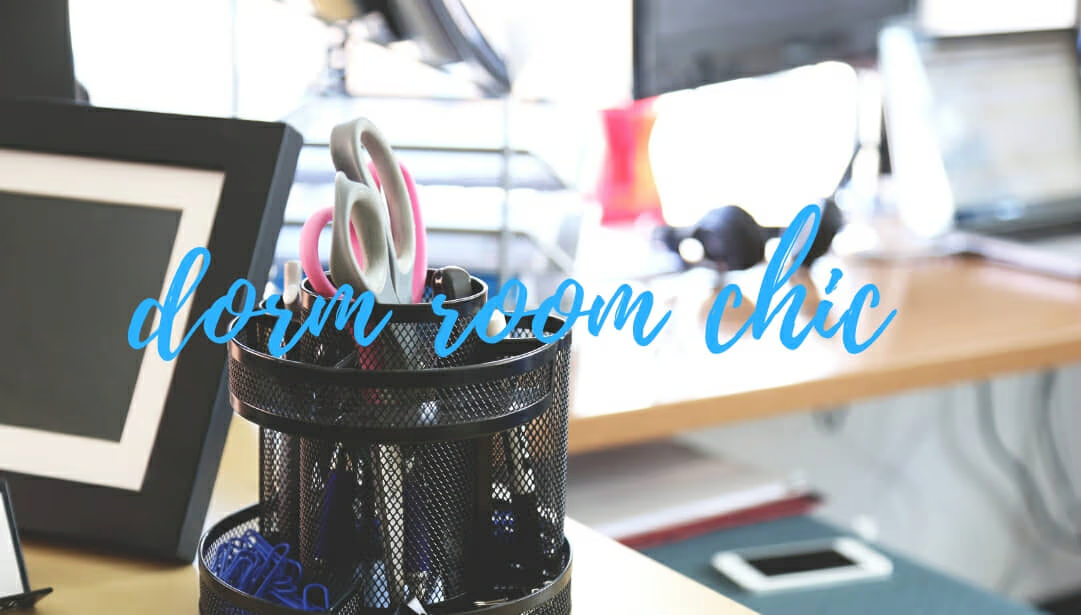Leathers sofas, sectionals, chairs and loveseats offer many benefits over regular fabric upholstery. Quality leather upholstery is hypoallergenic, buttery smooth to the touch, durable and tear-resistant. Additionally, leather upholstery is often lower maintenance and even easier to care for than most fabrics. Despite this, leather furniture owners and shoppers alike often ask us how to clean a leather couch or sofa.
Why is this? If leather is easier to care for than fabric, shouldn’t upkeep be pretty straight-forward?
Unfortunately, while there’s plenty of good advice on the internet about leather care, it’s often muddled with misinformation and assumptions. That’s why here at Woodstock Furniture & Mattress Outlet, we turned to both our in-house upholstery experts and our leather furniture suppliers for their wisdom and decades of leather industry experience.
Below is what they had to say about leather care and stain removal. Read on as we clear up misconceptions about leather and teach you a foolproof gameplan for maintaining and cleaning your leather upholstered furniture.
Why All the Confusion about How to Clean Leather Couches & Sofas?
Without a doubt, the number one source of confusion about how to clean a leather sofa is the innocent assumption that all leather is created equal. It isn’t. Not even close.
[Editor’s Note: Be sure to read our previous articles to learn everything you should know about the different finishes of leather and the different grades of leather.]

From that simple misunderstanding grows a seemingly endless number of bad suggestions. “You should use only this extra special conditioner or saddle soap on every piece of leather upholstery in your home!”. Or perhaps worse, “This simple DIY formulation of common home chemicals is perfect for any stain on any leather!”.
Such advice may come from a good place, but using the wrong chemicals or methods to clean the wrong kind of leather can have disastrous results. Quality leather furniture isn’t cheap — it’s an investment. So why would you risk it?
There are only a few pieces of good advice on how to clean a leather couch or sofa that are universal for all types of leather. You’ll learn those today. Beyond that, to know exactly how to treat a specific piece of leather furniture, it’s important to know what kind of leather you’re dealing with.
But first, before getting to the best ways to clean your leather upholstery, you should know what not to do.
Never Do This: The Absolute No-No’s of Leather Upholstery Care
There are a number of steps you can take to prevent avoidable damage to your leather and maintain its luxurious look and feel for years to come. Here are six mistakes you’ll definitely want to avoid.
- Don’t assume you need a ton of extra leather care products. Thanks to modern technology and advances in tanning, many leathers no longer require creams, conditioners or similar products. For this reason, only apply products at the direction of your leather furniture’s seller or manufacturer.
- In fact, don’t apply approved leather cleaners, conditioners, saddle soaps, or other similar products to your leather upholstery without testing first. If you use these products, be sure to test in an inconspicuous spot first, allow to fully dry, and then assess.
- Speaking of things you shouldn’t do, never use harsh solvents or chemicals on your leather, including common household cleaners. If you’ve got a swimming pool, avoid sitting on it with damp clothes as the chlorine or saltwater can damage the upholstery. Here are a few other common chemicals you should keep away from your leather – sunscreen, hairspray, perfume, nail polish or remover, etc.
- Don’t wait to clean up spills! While less prone to staining than most fabrics, you should still clean up spills on your leather as quickly as possible. In particular, high-end aniline leathers are soft and breathable, but that also means they’re more porous and less stain-resistant than pigmented or protected leathers.
- Never leave your leather furniture exposed to regular, direct sunlight because this can cause fading and cracking. Instead, use curtains or a strategically-placed throw blanket to cover areas where the sun comes through.
- When cleaning or removing stains from leather, never rub harshly back-and-forth in a scrubbing motion. This can set the stain and damage the leather.
Always Do This: How to Clean a Leather Couch or Sofa
By contrast, below we’re going to list the basic steps every leather furniture owner should take to maintain and clean their leather. Whether your sofa is aniline, semi-aniline, protected, pigmented, full grain, top grain, or anything in-between, you can use these steps to safely care for your leather sofa.

What Do I Need to Clean Leather Upholstery?
This part is simple and straight-forward. You only need a few things to get started…
- Warm water (distilled water is best)
- A small bowl or bucket
- 2 or 3 soft microfiber cloths
- A mild, non-detergent soap** — just in case!
That’s it!
[Editor’s Note: Non-detergent soaps are soaps made with only natural ingredients without any petroleum products. Good examples from years past were the soap flakes or chips used for laundry. These days, brands like Ivory, along with castile soaps like Dr. Bronner’s or Kirk’s are examples of traditional non-detergent soaps.]
Regular Care & Maintenance for Your Leather Sofa or Couch
The regular maintenance routine for your leather upholstery is very simple. Different people in the leather furniture industry may give slightly different answers, but here’s what the answers all have in common:
- You should vacuum or dust your leather furniture regularly with a soft, dry cloth. Some sources say you should do this weekly, while others recommend doing it a little less frequently. How often you do this should really depend on your home and how often you use your leather seating. Regardless, the most important part is that you actually do it. Be sure to get between those seat and back cushions!
- Second, you should also periodically wipe down your leather seating with a slightly damp cloth. This is to prevent residue buildup from toiletries or personal care products, body oils, perspiration, or any other substance that can cause fading or color loss on the leather surface. Make sure to prioritize areas where people or their clothing contacts the leather.
Just remember that long-term accumulation is the enemy – whether that’s the accumulation of dust, crumbs, oils, or anything else. These two easy steps with just a cloth and some water can keep your leather looking fresh for a long time.
Step-by-Step Instructions for Leather Upholstery Stain Removal
But what happens if you have an accident or spill on your new leather sofa? It may be time for more than just a little maintenance.
- No matter what kind of leather you have, you need to get the offending substance off of the leather as quickly as possible. Remember, leather is less porous than most fabric, so spills may not stain if wiped up immediately.
- Take a clean, dry cloth and blot to absorb all excess liquid. Take it easy though, no rubbing!
- Moisten another cloth with warm distilled water, wring well, and patiently wipe the stained area in a slow circular motion. If stain still persists, repeat Steps 2 and 3 as needed for aniline leathers.
- For semi-aniline or other pigmented/protected leathers, prep a mixture of warm distilled water and a mild, non-detergent soap**. Careful though! You don’t need much soap, nor too wet of a cloth. Moisten cloth and wring well. Repeat Step 2 and 3 with mild soap mixture as needed.
- Finally, dry and buff gently with a soft rag or cloth and allow to dry.
Remember, this guide is just a jump-off point for your journey into leather furniture care. For stains that don’t respond to the treatment above, we recommend contacting your furniture seller or the manufacturer before taking any further steps. They will be able to verify exactly what kind of leather you have, and provide you with additional information on how to clean your leather sofa or couch.
[Editor’s Note: Non-detergent soaps are soaps made with only natural ingredients without any petroleum products. Good examples from years past were the soap flakes or chips used for laundry. These days, brands like Ivory, along with castile soaps like Dr. Bronner’s or Kirk’s are examples of traditional non-detergent soaps.]
Ask Us Your Leather Care Questions!
If you bought your leather seating from Woodstock Furniture & Mattress Outlet, we can give you all the details you need to clean your leather upholstered furniture. If it’s within our power to help, we’d love to do so!
To learn everything you need to know about the different kinds of leather, different finishes of leather, or for tips on how to clean fabric upholstery – you’ve come to the right place. Come see us soon at Woodstock Furniture & Mattress Outlet!

















